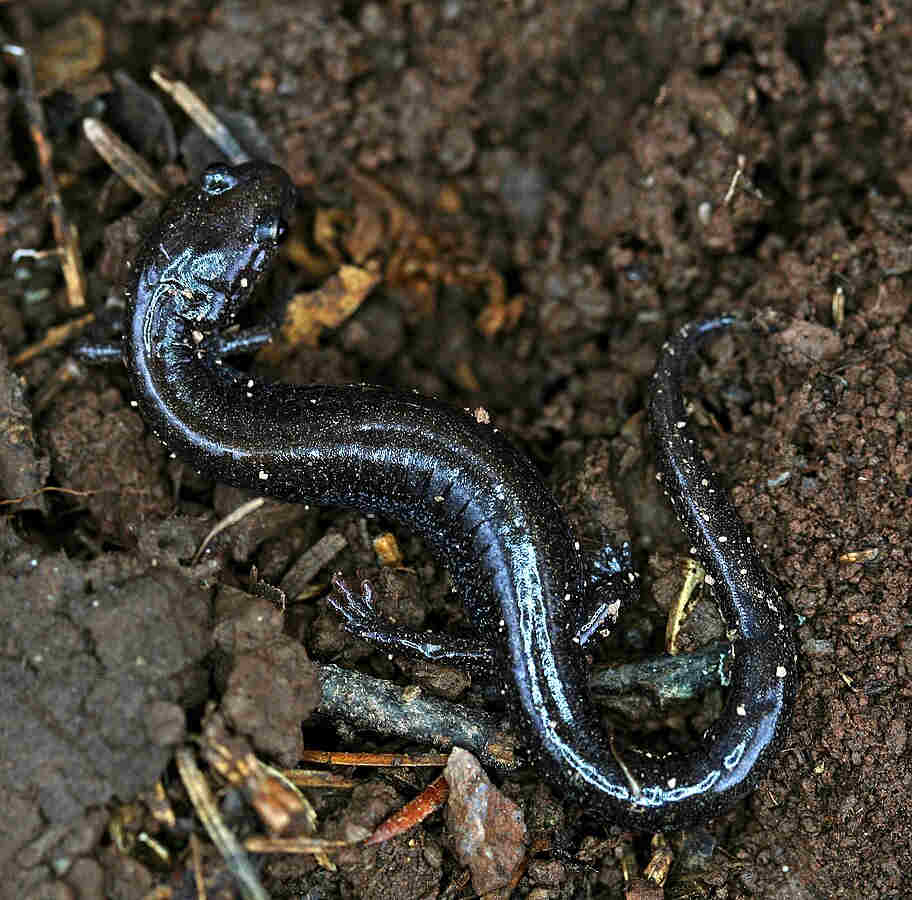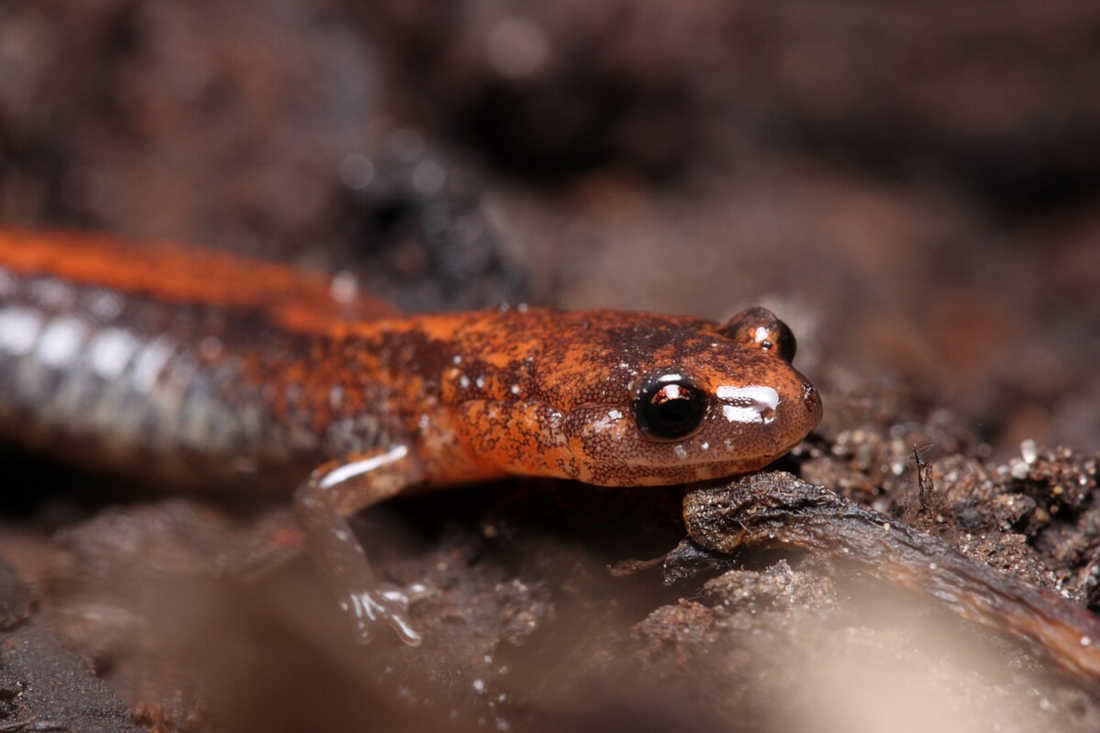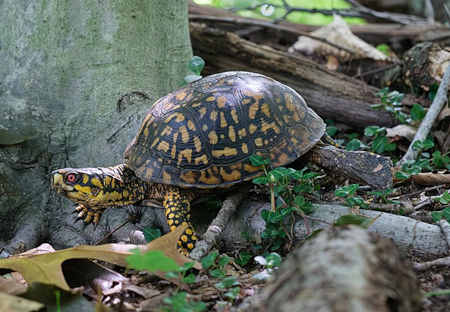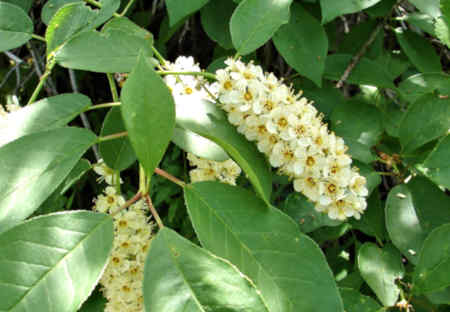Red-Backed Salamander
Red-Backed Salamander: Facts and Information about this Hidden Forest Dweller
Scientific Name: Plethodon cinereus
Size:Small: 2.5 – 5 inches (6.3–12.7 cm) in length
Range: Woodlands of Eastern North America, from southern Canada to the Appalachian Mountains and Midwest U.S.
Habitat: Deciduous forests, under leaf litter, logs, and rocks
Diet: Small invertebrates, including ants, mites, spiders, and worms
Reproduction: Lays eggs in moist crevices of fallen wood. There is no aquatic larval stage.
Behavior:Territorial and secretive; remains hidden during the day
Conservation status:Stable, but sensitive to habitat loss and environmental changes
How to Support Red-Backed Salamanders: Maintain leaf litter, fallen logs, and moist soil while avoiding pesticides to protect their habitat and food sources.
Fun Fact: Though rarely seen, Red-backed Salamanders are one of the most abundant vertebrates in forest ecosystems.
Red-Backed Salamander: Facts and Information about this Hidden Forest Dweller
Introduction
The Eastern Red-Backed Salamander, also known as the Woodland Salamander, is a small, lungless amphibian commonly found in the deciduous forests of eastern North America. Unlike most salamanders, it does not have an aquatic larval stage, making it fully terrestrial throughout its life. This species is well-known for its striking color variations and secretive nature, often hiding beneath leaf litter, logs, and stones to maintain the moisture it needs to survive.
Appearance and Color Variations

This is the 'Lead backed phase' of the Red-backed Salamander. It has slight speckling instead of a distinct stripe. Image credit: WanderingMogwai CC BY 4.0 International
Eastern Red-Backed Salamanders typically exhibit two main color morphs:
Red-backed Morph: Characterized by a distinct reddish-orange stripe running from the head to the tail, contrasting with dark gray or black sides.
Lead-backed Morph: Lacks the red stripe, appearing entirely dark gray or black.
Some individuals may also exhibit intermediate color patterns, with slight speckling or faded striping.
There is also a similar Western Red-Backed Salamander (Plethodon vehiculum) that is found in the Pacific Northwest. It prefers wetter environments than the Eastern Red-Backed Salamander.
Range and Habitat

Range map of the Eastern Woodland Salamander (plethodon cinereus). Image Credit: Cephas CC BY 4.0 International
Red-backed Salamanders are widespread across the eastern United States and southeastern Canada, thriving in deciduous and mixed forests with moist, shaded ground. They spend most of their lives hidden beneath moist leaf litter, logs, and rocks, making them difficult to find despite their abundance. Unlike many amphibians, they do not rely on ponds or streams for breeding, which allows them to occupy a wide range of forested habitats.
These salamanders are highly territorial, often defending their hiding spots from intruders. They secrete a noxious, sticky substance to deter predators and may display defensive postures, such as coiling their body or raising their tail. Their main predators include snakes, birds, and small mammals.
Though rarely seen, Red-backed Salamanders are one of the most abundant vertebrates in forest ecosystems. The easiest time to spot one is at night after a rain, when humidity is high and the forest floor is moist. During this time, they often emerge from their shelters to forage. They can also sometimes be found by carefully flipping over logs in damp woodlands.
Diet and Feeding Behavior
Red-Backed Salamanders diet consists of small invertebrates, including:
Ants, Mites, Spiders, Beetles, and Worms.
They hunt at night, using their sticky tongues to capture prey quickly. Their feeding habits help maintain ecological balance by managing populations of soil-dwelling insects.
Reproduction and Life Cycle
Unlike many amphibians, Red-Backed Salamanders do not have an aquatic larval stage. Instead:
-Mating occurs in the fall, but fertilization and egg-laying happen in spring or early summer.
-Females lay 4–14 eggs in moist crevices or under logs, where they guard them until hatching.
-Hatchlings bypass the tadpole stage, emerging as miniature versions of adults.
-They reach maturity in 2–3 years and can live up to 10 years in the wild.
Conservation and Threats
While Red-Backed Salamander populations are stable in undisturbed woodlands, they are sensitive to environmental changes. Their primary threats include:
Protecting forests and maintaining leaf litter and rotting logs is essential for their survival. Avoiding pesticide use and supporting conservation efforts can help sustain healthy salamander populations.
How to Support Red-backed Salamanders
If you have a wooded area on your property, leaving it intact with natural ground cover provides essential habitat. These salamanders thrive in moist, shaded forests with ample leaf litter, logs, and rocks for shelter. Avoid removing native ground cover and plants , minimize soil disturbance, and keep woodlands pesticide-free to support them.
In suburban areas, salamanders can persist in small, isolated populations if wooded lots, shaded gardens with native plants, or old stone walls are present. The closer a property is to a woodland, the better the chances of a population. I've even found them living small wooded lots in suburban environments. However, in urban environments with little to no green space, they are essentially absent.

Woodland Salamander. Image Credit: Rklawton CC BY-SA 3.0
References
E. H. C. Grant et al., 'Range-wide salamander densities reveal a key component of terrestrial vertebrate biomass in eastern North American forests,' Biology Letters, vol. 20, no. 8, Aug. 2024.https://doi.org/10.1098/rsbl.2024.0033.
Petranka, J. W. (1998). Salamanders of the United States and Canada. Smithsonian Institution Press.









